The wonderful and turbulent world of comets, as seen by Swiss scientists
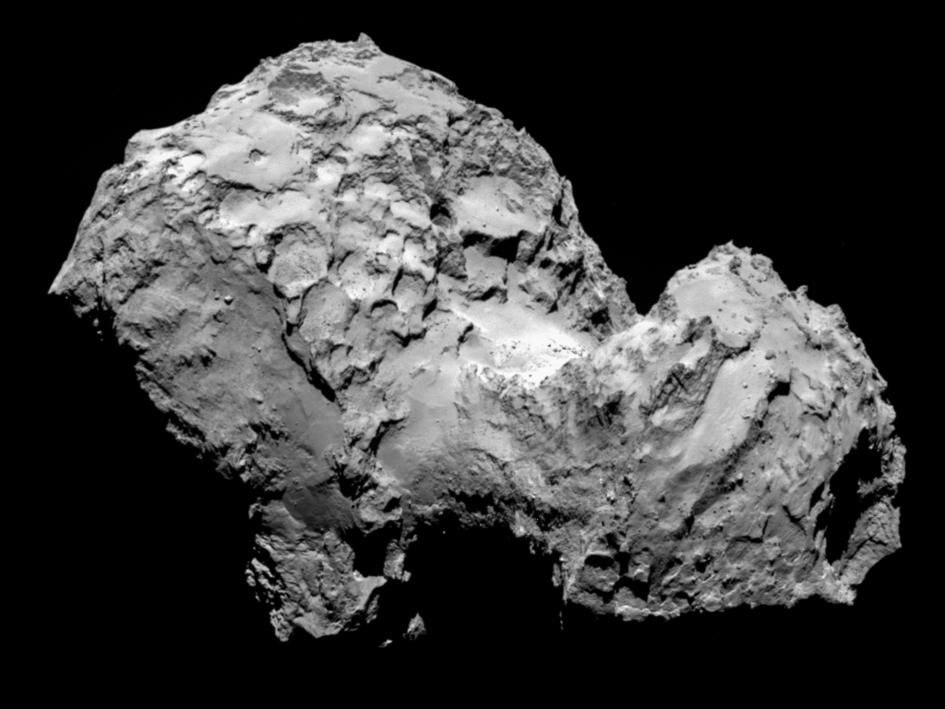
Two years ago, the scientific world held its breath as a tiny robot landed on a comet 700 million kilometres from Earth. On Thursday, Swiss researchers outlined some of the key findings collected during the European Space Agency’s historic Rosetta mission.
Launched in 2004, RosettaExternal link circled the Solar System for ten years to align its trajectory with that of comet 67P/Churyumov-Gerasimenko, which it reached after a journey of eight billion kilometres. For two years, the comet-orbiting spacecraft collected images and measurements and streamed back the data.
Then the robot Philae was deployed. The lander bounced off the ground like a balloon before lodging in a crevasse and temporarily disappearing. This was space history: the first robot to land on a comet. After more data was sent back, Rosetta’s mission terminated with a voluntary crash into Chury (for short) on September 30, 2016.
Back on planet Earth, under Swiss leadership, scientists embarked on their own journey to make sense of the hard-won data. They had in their hands more than 60,000 photos and gigabytes of data transmitted during the Rosetta mission.
The 30-month research project MiARD (Multi-instrument Analysis of Rosetta Data) received support from the European Horizon 2020 programme and took place between seven institutes in Switzerland, France, Germany and Great Britain, led by the University of Bern’s Institute of Physics.
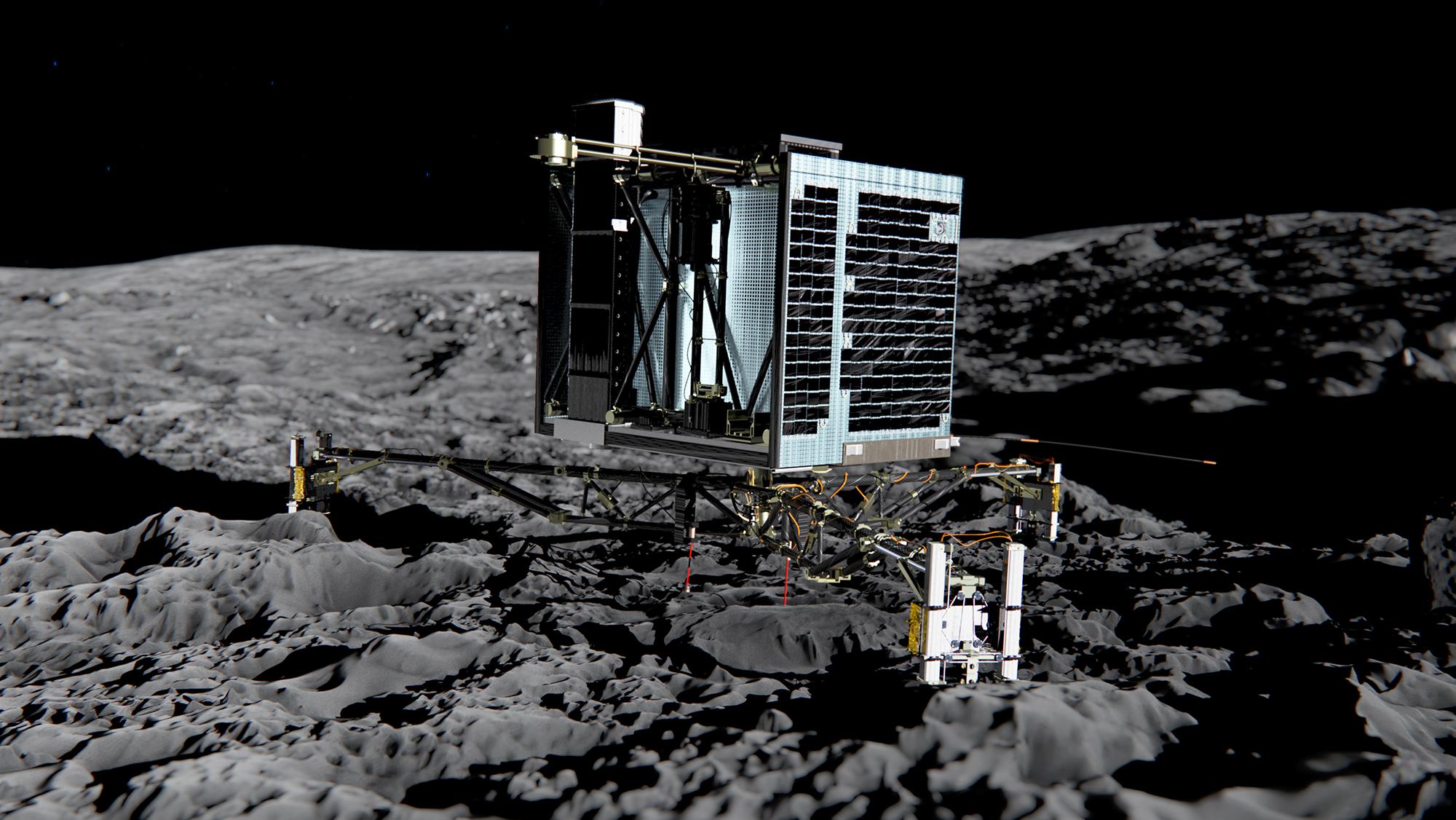
More
Amazing accuracy, stunning images
Fascinating findings
Thanks to ROSINAExternal link, a measuring instrument developed in Bern and carried by the probe, we know there are glycine molecules – an amino acid present in the human body – on Chury.
Comets are older than the world. Formed before the planets in the cloud that gave birth to the Solar System, the chill of remote space “froze” for over four and a half billion years.
Rosetta has also confirmed some of life’s ingredients come from space. Images from the OSIRIS camera, which was designed with the help of scientists from the University of Bern, made it possible to develop a 3D model of the comet.
Shaped like a rubber duck, the comet consists of an airy powdery core, surrounded by a thin crust of ice and compact dust. Its bifurcated structure holds together thanks to the near absence of gravity.
Even if Chury made a delicate landing on earth, the comet would collapse on itself. Moreover, sublimation means it loses several layers every time it skirts the sun. The “neck” of the duck is thinning so it will likely become headless.
Such knowledge about comet density, structure and behaviour could inform future efforts to divert those threatening to hit earth or even more ambitious undertakings like using a comet as a reservoir of water to supply a future space base.
And then there’s what terrorized our ancestors so much: the tail of the comet. Gases eject fragments of ice and dust that then orbit the Sun before reaching the Earth’s atmosphere, having exceeded speeds of 250,000 kilometres per hour.
The size of a grain of sand or a pea, these particles then illuminate our nights by turning into “shooting stars”, something we recently observed with the Perseid meteor shower, when the Earth crossed by a stream of dust from the Swift-Tuttle comet.
Given their phenomenal speed, these tiny objects can have an impact equivalent to a bomb if they hit our satellites or spacecrafts. One of the benefits of Rosetta surviving their deadly blows is that scientists can now better decode this danger.
The Rosetta mission’s findings are also being presented in the form of comic strips, developed by Dutch cartoonist Abe BorstExternal link in collaboration wtih the MiARD project. term
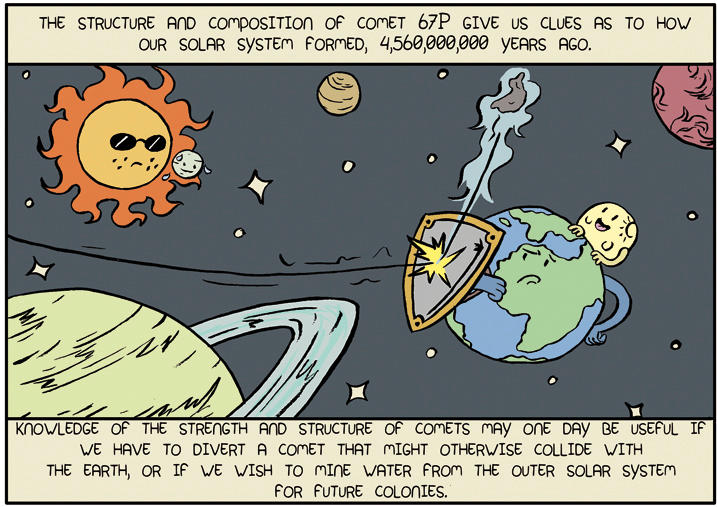

In compliance with the JTI standards
More: SWI swissinfo.ch certified by the Journalism Trust Initiative

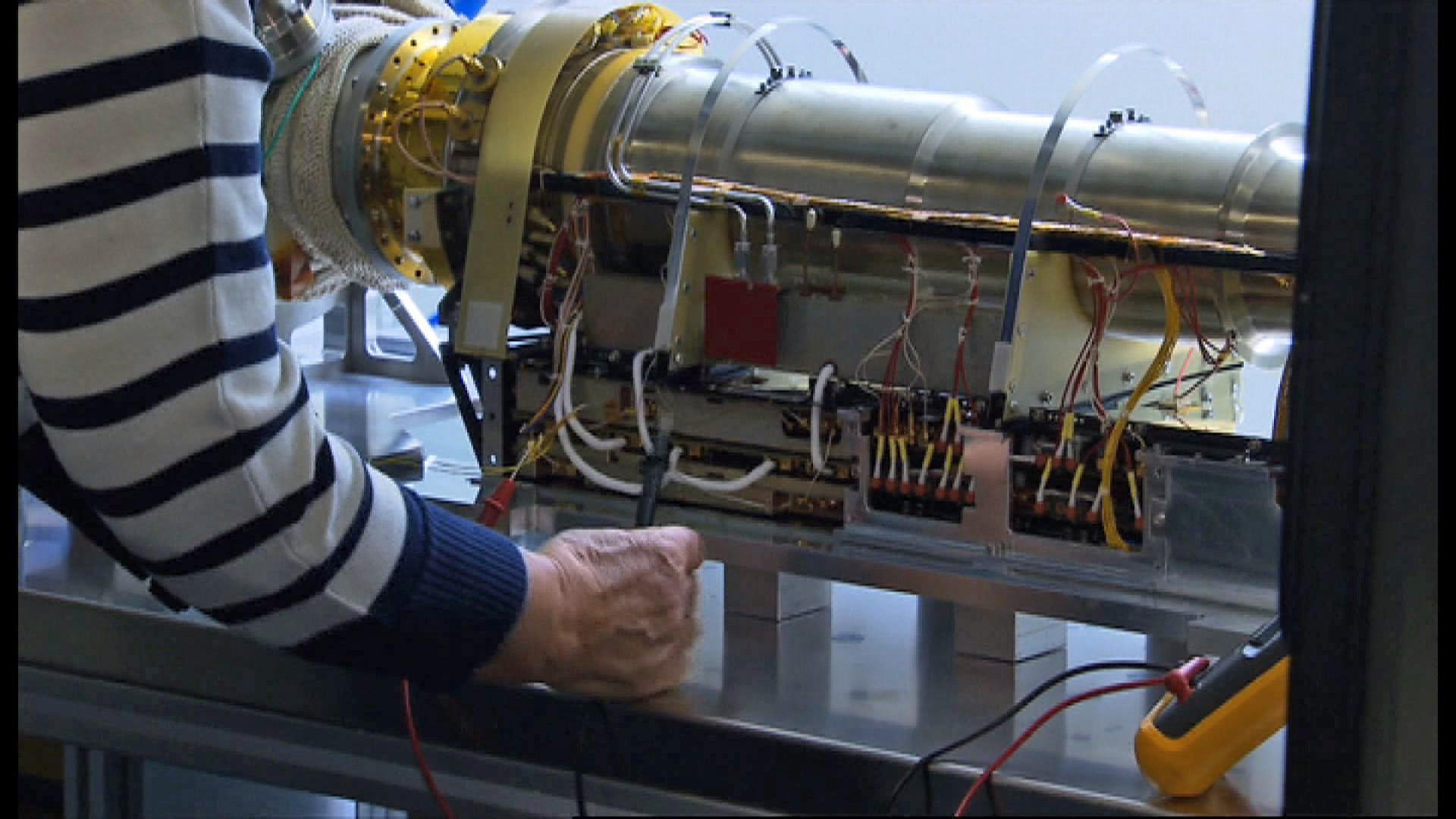
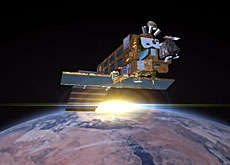
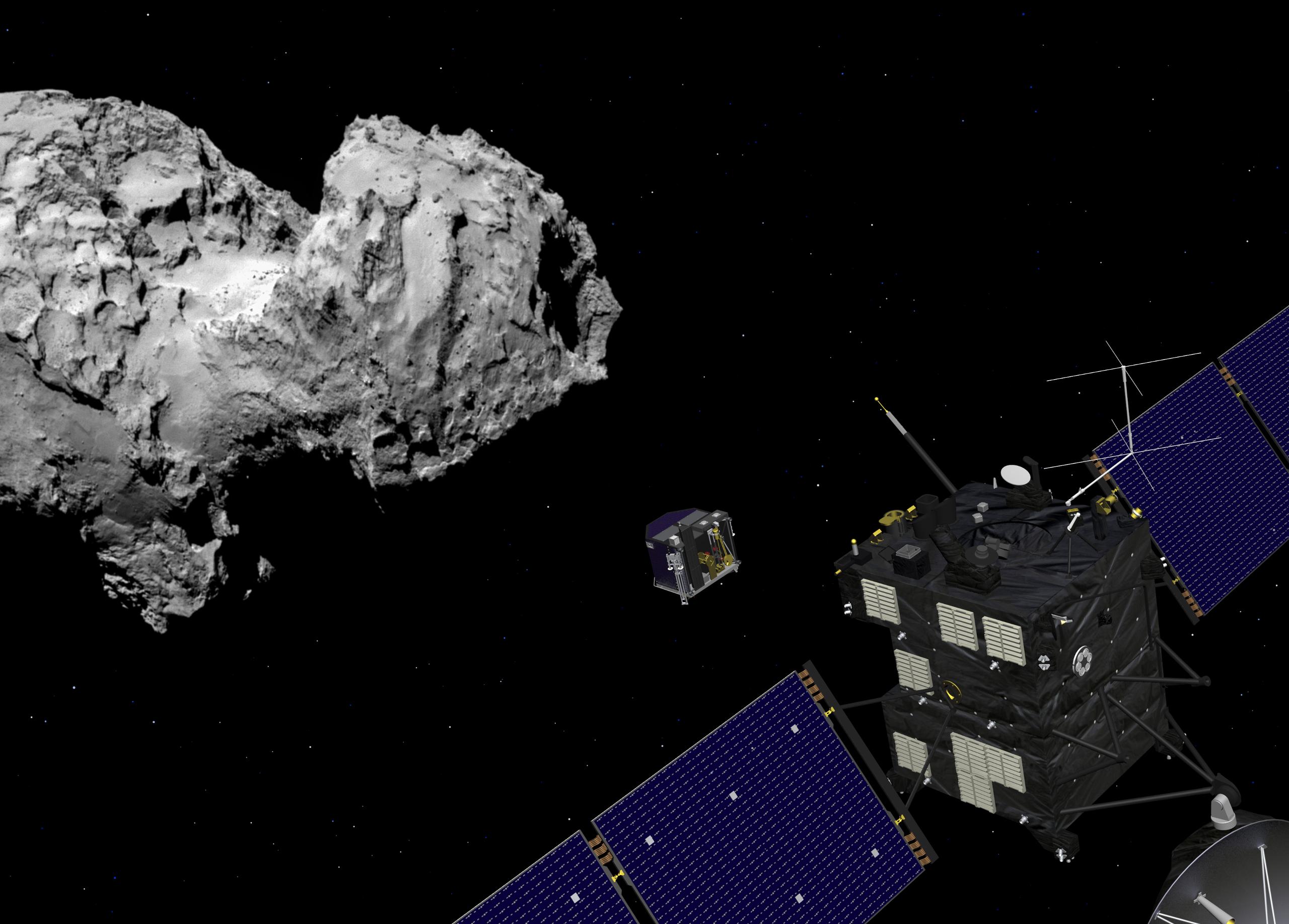
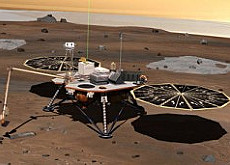
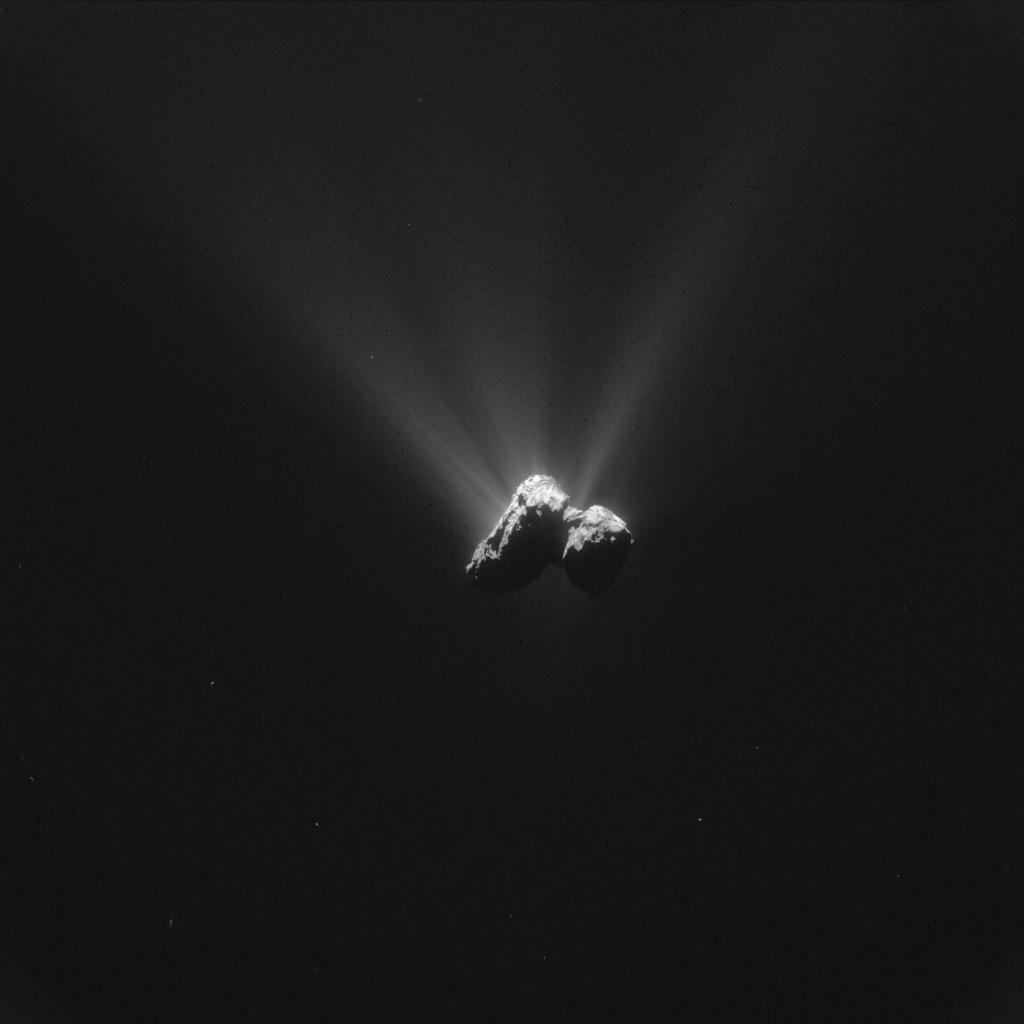
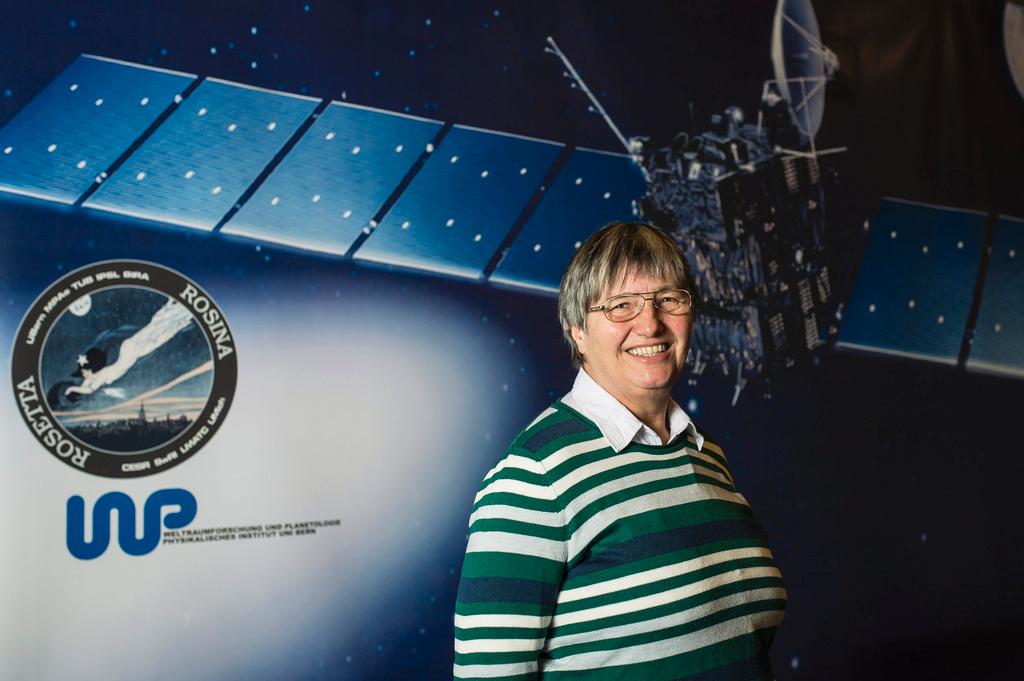
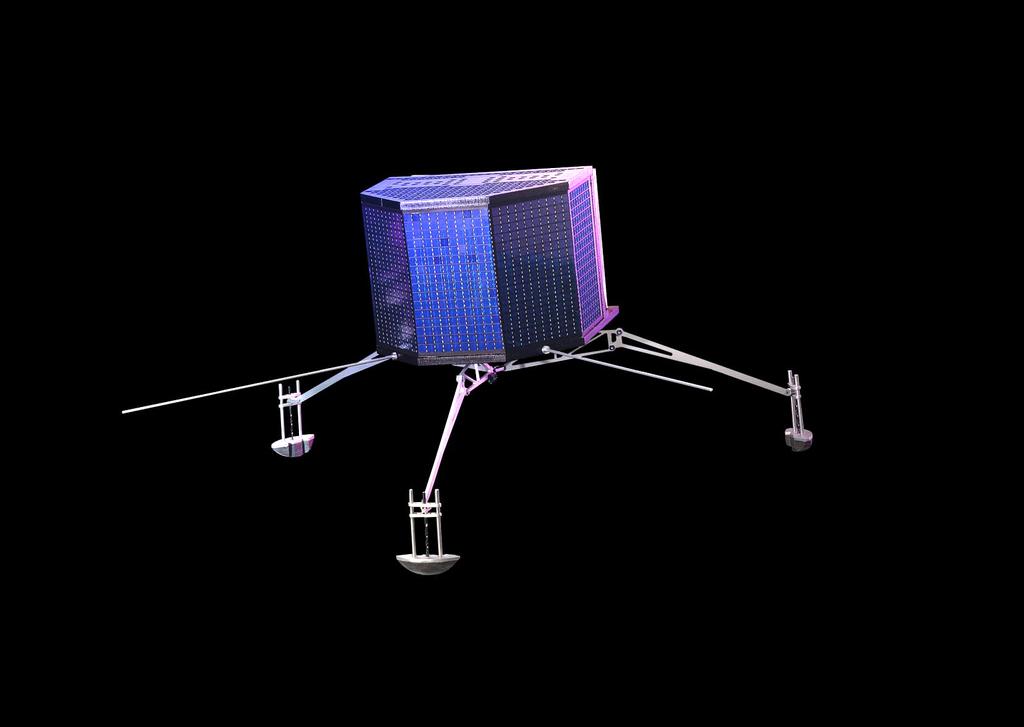
You can find an overview of ongoing debates with our journalists here. Please join us!
If you want to start a conversation about a topic raised in this article or want to report factual errors, email us at english@swissinfo.ch.